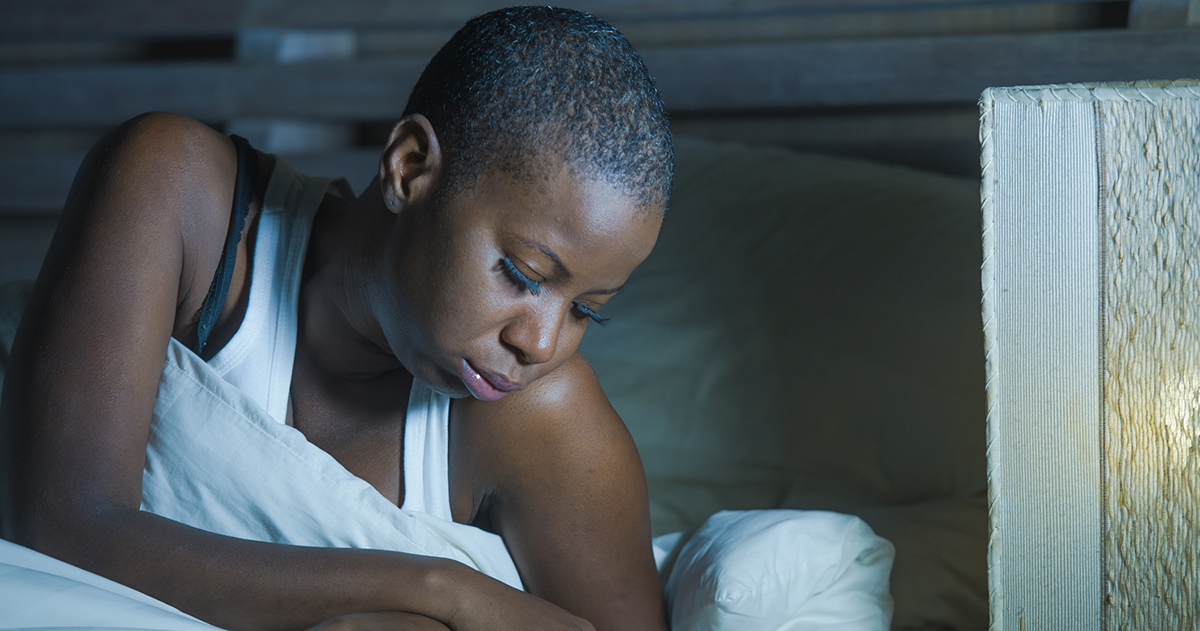Causes And Risk Factors Of Non-24-Hour Sleep-Wake Disorder
Non-24-hour sleep-wake disorder is a disorder of the circadian rhythm that happens when the body's internal clock is not synced with earth's light and dark cycles of day and night. Affected individuals go to sleep later every night and wake up later the following day. Ultimately, the patient's schedule for sleep goes all the way around the clock. For example, an affected individual may go to sleep at nine and wake up at nine in the morning, but the next night they won't go to sleep until eleven at night. This means they wake up at eleven the next day. The delay is pushed back by a few hours each night until the individual is back to falling asleep and waking up at nine again. The circadian clock is a cluster of thousands of brain nerve cells that transmit signals throughout the body when it's time to sleep or wake up.
Various causes and risk factors are associated with this disorder. Learn about them now.
Internal Body Clock Issue

The internal clock of the human body is called the circadian clock. Non-24-hour sleep-wake disorder occurs when there is a problem with an individual's internal rhythms. When light moves from the eyes to the brain, the internal body clock activates. If the patient is not completely blind, they may have issues with the mechanism of how light moves from their eyes to their brain. The individual will not have problems with vision, but their brain is not receiving the start-up trigger that it needs to tell the body it is time to go to sleep or wake up. The circadian clock should be synchronized with the physical environment of the patient by numerous light related and non-light related stimuli. The circadian rhythms in the hypothalamus manage many biological processes including body temperature, hormone secretion, cell-cycle regulation, feeding, glucose homeostasis, and the sleep-wake cycle. When there is an alteration in the timing of these physiologic rhythms, it causes internal desynchronization. This coordination loss of rhythms can have adverse consequences on the affected individual's rest-activity cycles.
Uncover more risk factors and causes of non-24-hour sleep-wake disorder now.
Blindness

Most individuals affected by non-24-hour sleep-wake disorder are also completely blind. This complication occurs because the body's internal clock functions according to the way light is seen. As many as three-quarters of all blind individuals suffer from effects of non-24-hour sleep-wake disorder. The human eye has two key functions. The first is to see, and the other is to absorb light. When the eye takes in light, the time of day is signaled to the brain. Individuals who are blind have no light perception regardless of the cause of their blindness. In a healthy individual, the master body clock runs twenty-four hours a day and is reset each day by light from the environment that enters the eyes. Once entering the eyes, the light hits photosensitive cells that transmit signals to the individual's brain. Because this mechanism is not activated in blind individuals, their internal body clock cycle may last less than or more than twenty-four hours. The natural cycle of non-24-hour sleep-wake disorder causes a week of severe insomnia followed by three weeks of normal sleep. Because of such cycle, blind individuals with non-24-hour sleep-wake disorder may not know they are affected.
Keep reading for more details on the causes and risk factors of non-24-hour sleep-wake disorder now.
